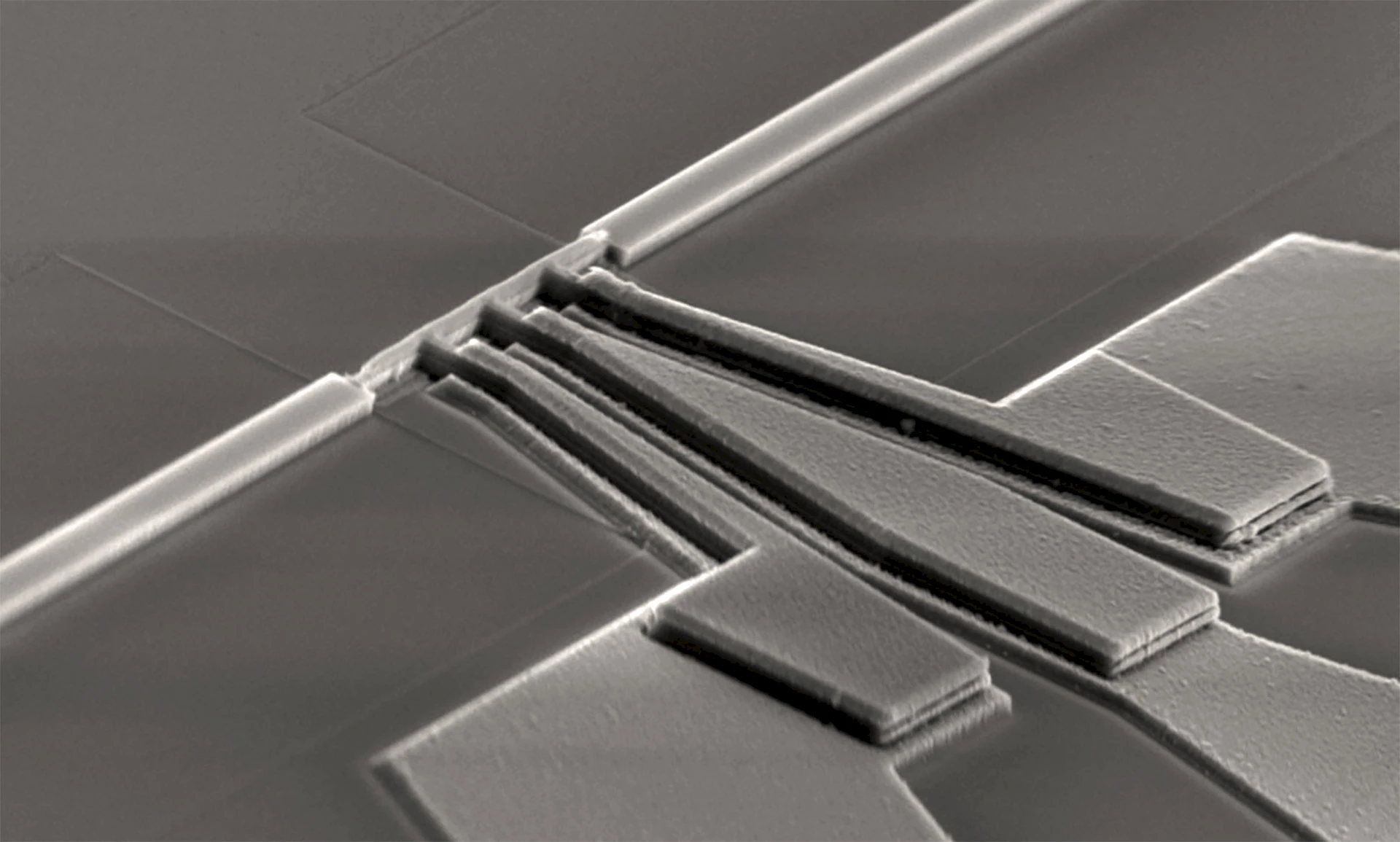Plasmonic transmission

© Amr S. Helmy/University of Toronto.
Plasmonics is a technology that takes advantage of the resonance between electromagnetic radiation (especially light) and free electrons that exists at the interface between a metal and a dielectric substance (air or glass, for example). And Canadian teams are at the forefront of this technology! “Fascinating, but what does that have to do with computers”, you ask? Well, in computers, one of the main chokepoints in performance is the transmission of signals between the different components. Indeed, one of the reasons Apple’s new processor, the M1, is so fast, is that it combines the CPU and RAM on a single component (the SoC), such that electrons have very little distance to cover between the calculation unit and the storage unit. For these performance reasons, data centres use fiber optics instead of copper wire for transmission, but at a cost. Another problem is that photonic components are large and delicate, being excessively sensitive to temperature changes. Hence the advantage of plasmonic transmission, capable of at least double the bandwidth while consuming only one third the energy and taking up a mere 20 percent of the area. What’s more, plasmonic components can be built right atop the processor, instead of on separate chiplets as is done with silicon photonics. Researchers at the University of Toronto have developed new plasmonic components as efficient as photonic ones, with the added advantage that they are indifferent to temperature variations and 1/36th the size, while supporting transmission at 150GB/s without error correction. Impressive!
⇨ IEEE Spectrum, Samuel K. Moore, “Plasmonics: a new way to link processors with light.”
2021-01-21
